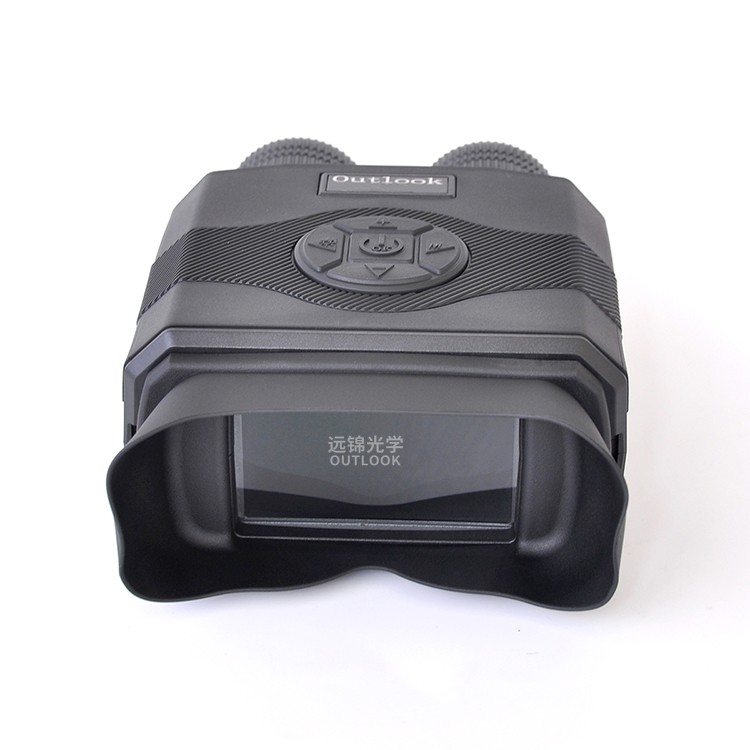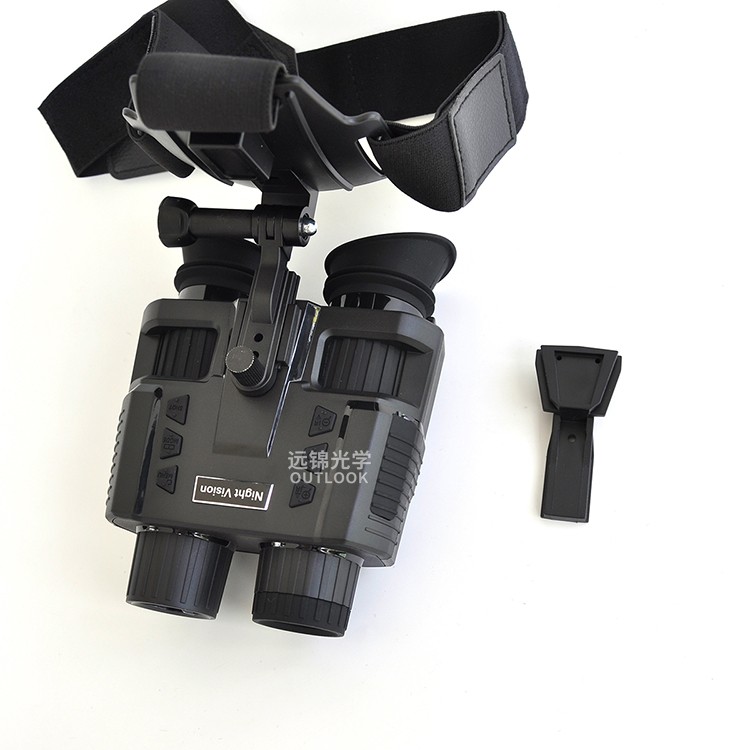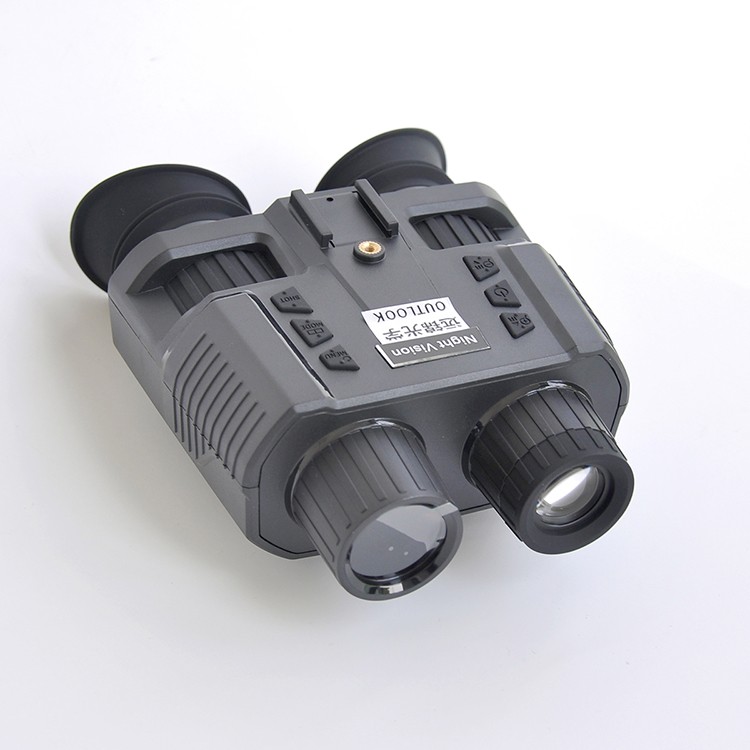Features and Advantages of Digital Night Vision Goggles
What are digital night vision goggles?
The core principle of digital night vision goggles is similar to that of digital cameras. Digital night vision goggles use infrared-sensitive CMOS or CCD image sensors to capture low ambient light (including invisible infrared light). A built-in processor then enhances, reduces noise, and optimizes the captured digital signal in real time, ultimately presenting a bright image on an LCD or OLED display.

Main Features and Advantages of Digital Night Vision Goggles
1. Excellent Bright Light Protection
This is one of the most significant advantages of digital night vision goggles.
How it works: Digital sensors have a high dynamic range. When exposed to sudden bursts of bright light (such as car lights or flashlights), the sensor does not overload and cause glare or temporary blindness like traditional image intensifiers. The system automatically adjusts exposure to ensure the subject remains visible.
Advantages: Ideal for use in urban environments, inside vehicles, or when collaborating with teammates for illuminated searches, without losing sight due to bright light.
2. True Day/Night Operation
How it Works: During the day, digital night vision goggles can operate like regular cameras by turning off the infrared fill light. Thanks to the sensor's automatic gain control and electronic shutter, digital night vision goggles can capture images even in bright conditions.
Advantages: One device offers multiple uses, eliminating the need to remove or add protective covers during the day, as with traditional night vision devices, thus preventing inadvertent damage. Ideal for hunting, birdwatching, law enforcement, and other situations requiring continuous day/night operations.
3. Clear Images, No Edge Distortion
How it Works: The image displayed on the display screen by a digital night vision goggle maintains consistent clarity from center to edge.
Advantages: Compared to the edge distortion ("fisheye" effect) common with traditional first- and second-generation tube-based night vision devices, digital night vision devices provide a flatter, more realistic field of view, facilitating extended observation and accurate judgment.

4. Rich Digital Functionality
This is the revolutionary advantage brought by digital technology.
Video/Image Recording: Most digital night vision devices have built-in memory card slots, allowing for easy video or photo recording for documentation, evidence collection, or sharing.
Wi-Fi Connectivity and Live Streaming: Many models support real-time image transmission to smartphones or tablets via Wi-Fi, enabling remote observation, control, and even live streaming, greatly expanding application scenarios.
Multiple Display Modes and Menus: Easily switch between black and white and color modes, display crosshairs, and adjust brightness and contrast, providing a more intuitive user experience.
Digital Zoom: Allows for image magnification without losing physical focus.
5. No "Halo" Effect
How it works: Traditional image intensifiers produce a noticeable green halo when observing point-like light sources (such as distant streetlights). Digital night vision devices, however, use direct imaging, so point-like light sources appear as a single point on the screen, eliminating exaggerated haloing.
Advantages: When observing environments with sporadic light sources, the field of view is cleaner and targets are more clearly defined.
6. Long lifespan and resistance to aging
How it works: The core components are the CMOS/CCD sensor and LCD screen, which don't have the same lifespan limitations as intensifier tubes (which typically have a lifespan of thousands to tens of thousands of hours).
Advantages: The digital night vision goggle is more durable and can theoretically be used indefinitely as long as it's not damaged. Long-term operating costs are lower.
7. Relatively safer
How it works: Traditional image intensifiers can be immediately and permanently damaged if exposed to strong light (such as removing the lens cap during the day). Digital night vision sensors, however, are designed to withstand stronger light and have a higher tolerance for errors.
8. High cost-performance
For a similar price, digital night vision devices often offer performance that approaches or even exceeds that of traditional second-generation, dual-tube night vision devices. Especially in the mid- and low-end markets, their cost-performance ratio is exceptional.

Summary and Application of Digital Night Vision Goggles
The advantages of digital night vision goggles can be summarized as comprehensive functionality, ruggedness, safety, ease of use, and high cost-effectiveness.
They are ideal for the following users and scenarios:
Entry- and intermediate-level users: Seeking high value and versatility.
Hunting and birdwatching enthusiasts: Need to record both day and night scenes and capture the action.
Law enforcement and security personnel: Use in complex lighting environments, such as urban areas, and need to record evidence.
Outdoor adventurers and sailors: Require rugged equipment that can handle various lighting conditions.
Users who need to record and share their experiences. However, for professional fields such as the military and special law enforcement that have stringent requirements for extreme performance, in extreme environments with almost no light, top-level third-generation/fourth-generation image intensifier night vision devices still have irreplaceable advantages in image clarity, contrast, and zero latency.

